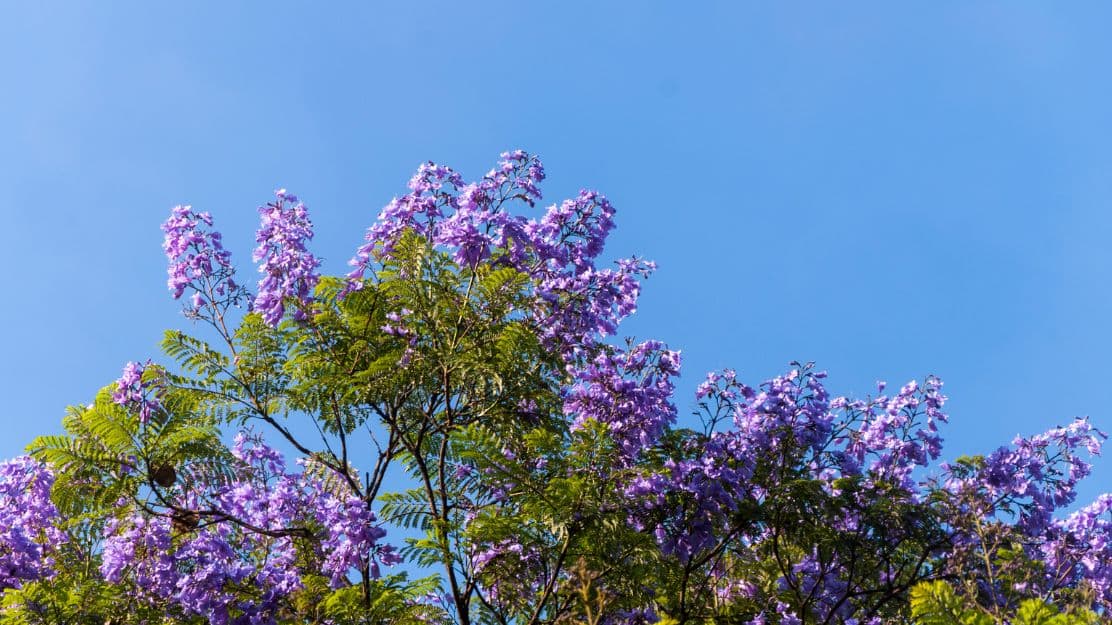
Embrace nature's palette at Valley of Flowers, India
What's the story
Nestled in the West Himalayan region of Uttarakhand, India, the Valley of Flowers National Park is a UNESCO World Heritage Site known for its endemic alpine flowers and diverse fauna. This high-altitude Himalayan valley has a gentle landscape, breathtakingly beautiful meadows of alpine flowers, and a serene atmosphere that attracts nature lovers and trekkers from around the globe.
Trekking tips
Plan your trek wisely
The journey to Valley of Flowers starts at Govindghat, covering 14 km. Ideal visiting months are July to September, showcasing full bloom. Essential items include rain gear and sturdy trekking shoes due to unpredictable weather. Opting for a local guide is recommended for a deeper understanding of the area's unique flora and fauna, enhancing the overall trekking experience.
Photography
Capture the floral splendor
The Valley of Flowers offers photographers an unparalleled opportunity to capture nature's beauty. With over 300 species of wildflowers in myriad colors against a backdrop of green meadows and snow-capped mountains, every frame promises a breathtaking view. Early mornings provide soft natural lighting ideal for photography. Remember to carry extra batteries as charging facilities are scarce once you begin your trek.
Conservation awareness
Respect nature's sanctuary
In the pristine environment of the Valley of Flowers, it is crucial to adhere to responsible travel practices to minimize human impact on this delicate ecosystem. Visitors must stick to designated trails, refrain from plucking flowers or littering, and use water resources judiciously. By following these guidelines, visitors help ensure the valley remains unspoiled for future generations, preserving its natural beauty and vibrant ecosystem.
Exploring more
Discover nearby attractions
Beyond the Valley of Flowers National Park is Hemkund Sahib, a significant Sikh shrine at 4,633 meters above sea level. A steep trek from Ghangaria leads to this site, celebrated for its scenic beauty and spiritual importance. Visiting nearby villages like Ghangaria also provides a glimpse into the local culture and lifestyle, enriching the travel experience while fostering conservation awareness.